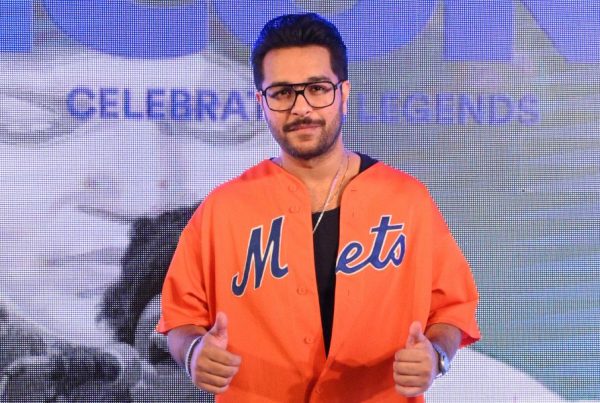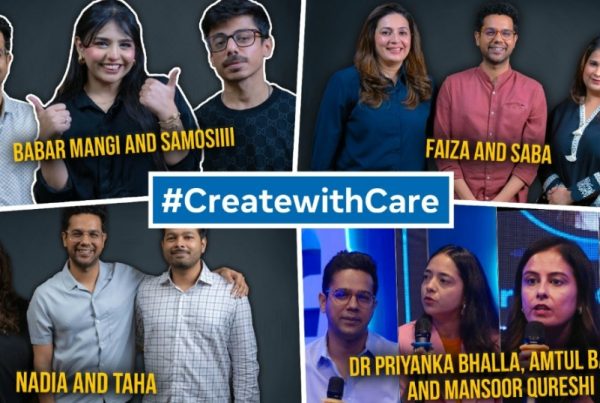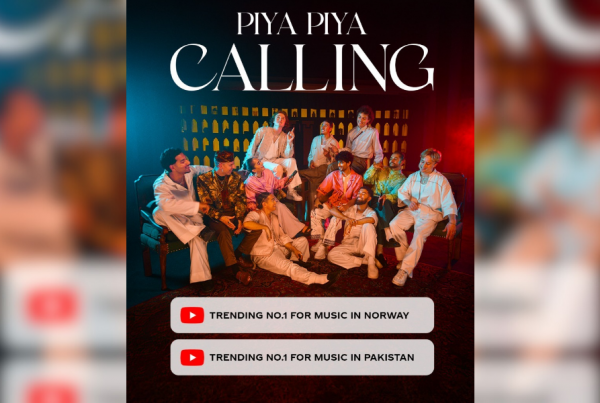In Pakistan, there is a trend of following other trends to the T. In our case, that isn’t a good thing because what that means is that when someone miraculously does come up with an original idea, countless copies and imitations begin to follow. We talk about inspirations and plagiarism in fashion but the same can also be said for Pakistani entertainment because we have seen countless examples of the same behaviour.
Case in point: the recently concluded TV serial Udaari that managed to drag TV dramas out of stories embroiled in saas-bahu issues with a story dedicated to a social cause. Udaari succeeded because of its strong script and an even stronger purpose. The play not only soared high in terms of ratings but also empowered many women who learnt that child abuse and domestic violence is a serious matter that should not be overlooked. But amid all the praises being sung for the play, the real message got lost: TV needs original, purposeful stories.
Udaari may or may not have triggered social change but what it did very effectively is push producers into a whirlpool of socially motivated plays. They decided it was a formula for success and hence they all started walking that path. For instance, Khuda Mera Bhi Hai, currently on air, sheds light on the plight of the transgender community. Mera Kia Qasoor Tha is about child marriages. Ahsan Khan is making a short film which is going to be about a blind couple and the problems they go through. Everyone wants a piece of this pie. At the risk of sounding extremely cynical, we put forward the following criticism: While conscientious content is good, why can’t there be a middle ground between the kinds of stories our TV producers are going for?
Currently, the scenario imitates a pendulum that wildly swings between crass and uninspiring TV serials, such as Mann Mayal, a play that portrays such regressive characters that one is forced to wonder what world the writers of the play are living in, to the dark and serious themes of child abuse and child marriages in plays like Mera Kia Qasoor Tha. There is dearth of genres in our television and while ‘social drama’ is swiftly becoming a genre of its own, somehow, every other play ends up talking about family and relationships; either it’s a saas-bahu saga, or a love triangle between the husband, wife and the ‘other’ woman, or man in some cases. It’s understandable that the family is an exceptionally important institution in Pakistani society, but why don’t the TV producers expand their horizons to include other numerous factors and areas of interest?
Where are the medical dramas, for instance? The last time a doctor was shown on television with some integrity was in Dhoop Kinarey, starring the dynamic Rahat Kazmi and the phenomenal Marina Khan; the play revolved around the lives of doctors working together in a hospital. But that was nearly 30 years ago. There has been no memorable mention of doctors since, or any other profession for that matter. We don’t have courtroom dramas, there are no crime series. Forget about fantasy, as well as stories for the youth because apparently, they simply don’t exist in Pakistan.
The lack of diversity makes one wonder what goes through the minds of our TV directors and producers. Haseeb Hassan, director of Mann Mayal, revealed that producers blame the audience.
“Of course, the themes are repetitive because the audience wants to see these kinds of things. This is the reason we keep on producing similar content. I don’t know what has happened to the Pakistani audience, they only want to see such topics. Otherwise we would definitely produce something with an intelligent subject and good characters. But because of our audience’s lower aesthetics and intellect, we have to produce content like this,†said the director which made us wonder how directors are coming to this conclusion.
“Ratings, focus groups and research give the exact idea of what people want to watch. Generally, when we produce run-of-the-mill, spicy content, people actually like it and that results in high ratings.â€
This interest in getting high ‘ratings’ can also be considered a culprit but Hassan claims that he does not care about them. “I think Mann Mayal’s ratings were the highest out of the all the plays this year (ratings: 9.7/10) but ratings don’t matter to me. The play was quite popular as well.â€
Unfortunately, the rating system itself can be questioned because it is not a true representation of the Pakistani population. Currently, there are only 800 odd meters installed all across Pakistan from where data is being collected and those 800 meters dictate what the Pakistani population wants to watch on television. Therefore the ratings argument is one of the weakest.
Thankfully, another storyteller talks of content over commercial acclaim. Mehreen Jabbar, the mind behind the famous Jackson Heights and Mata-e-Jaan Hai Tu, believes that Pakistani television currently needs to diversify.
“I think we need not just socially-based dramas but also need to explore different themes in general. We need a variety of ideas like we used to have in the early days of television. There are so many stories to tell. We need plays that have a strong message. We need engaging storylines that do not perpetuate total helplessness and show everything bleakly.â€
Jabbar also believes that it isn’t enough to simply mention social issues and assume that it has contributed to the betterment of the society. “In recent years, we have seen the glorification of the rapist (Sangat), inducting rape very casually. It’s not really providing enough solutions and is instead perpetuating the idea of shame.â€
Ace director Sarmad Khoosat, who is credited with delivering one of the biggest hits of modern Pakistani television, Humsafar, a TV serial which propelled Mahira Khan and Fawad Khan to stardom, also believes that while social issues are being brought out to the forefront, they aren’t being presented with the kind of sensitivity and sophistication needed.
“By now, our industry should have evolved and become mature,†he spoke to Instep on the subject. “It seems as though people get up and decide to write something bold and controversial that will get noticed.â€
Khoosat is also saddened by the fact that much of Pakistani TV’s rich historical legacy has somehow gotten lost in recent times. He feels that everyone has become more concerned with making money than creating art.
“People want to make money now. There aren’t enough visionaries who can steer the direction of our entertainment industry.â€
Khoosat earlier attempted to stir the current state of the industry with the period drama Mor Mahal which was a mammoth of a production but unfortunately didn’t do well. Why does he think it failed? “At the moment I’m still trying to analyse what happened. I think maybe I failed to deliver. Actually I have a few theories at this point but I wouldn’t blame anybody else.â€
Khoosat also explains that while not all the blame can be attributed to the audience, they do have to take some responsibility for the kind of content that comes through. “It’s a vicious cycle. At the end of the day, it’s a business. Producers have to see which plays get a positive response from the viewers. They are likely to recreate something that is received well.â€
However, credit should be given where it’s due and we are glad to see the monotony of family dramas being broken. When talking about the future of TV, Khoosat says there is still a lot to be hopeful for as our dramas are finally coming close to what they used to be.
As far as the audience is concerned, we understand that producers are primarily making content for women, who are your average TV viewers nowadays because men are more likely to be watching the news, but even then, there has to be a fair balance. There has to be more to a woman’s life than her household. Also, children and youngsters must be taken into account as well as they are the largest age group in Pakistan right now. That’s a huge audience that is simply being ignored by our TV industry.
– By Buraq Shabbir and Manal Faheem Khan
This article was originally published in Instep, 27th November 2016. Read here:Â Is TV really evolving?





